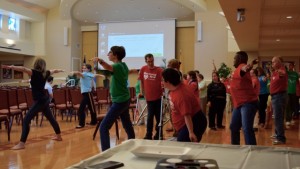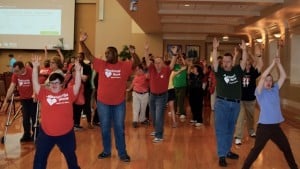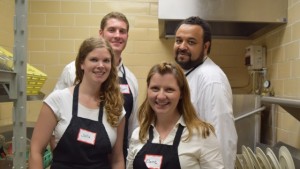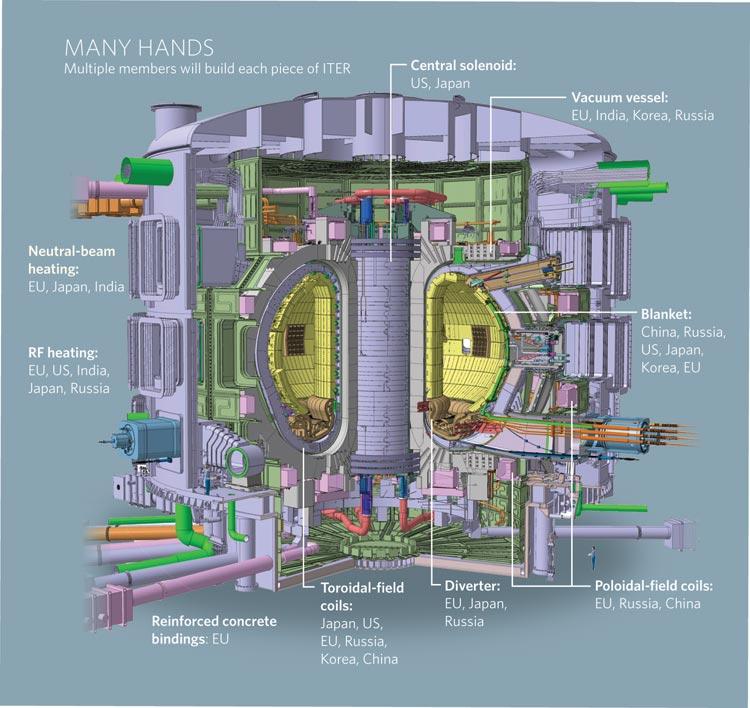I recently became the project manager for a project that was started this past August. The project contributes to a strategic corporate initiative and has high visibility. Given the project had already been in progress for 2 months, I assumed that much of project plan and reporting structure was already in place. This was not the case!
There was progress being made. However, there was no formal communication/reporting protocol with upper management and the various project stakeholders were not working to an aligned plan. Before I formally took over the program, my manager and I reviewed the overall status and decided we needed to hold a workshop to bring all team members/stakeholders together.
We held a two-day workshop with the goal of formalizing the project plan and WBS to meet the target launch date and shipment quantity. The workshop was very successful and the team left feeling aligned and empowered. However, there was also a feeling of uncertainty.
As project manager I was given the task of developing a dashboard to communicate the project status on a weekly basis: project timeline with key milestones, materials procurement, CAPEX (capital expenditure), and hiring. Being new to dashboard development, I embraced the challenge and compiled the required data.
Much like the examples found in the textbook, my dashboard includes a Gantt chart for project milestones. Within the Gantt chart I also included initial production quantities, weekly spend requirements for materials purchases and CAPEX expenditures, and weekly hiring requirements. Additional tables were included to better quantify the information in the Gantt chart. I was amazed at how much information could be displayed on a single chart!
Once the dashboard was complete, the reason for the team’s uncertainty at the workshop’s conclusion was clear: the project was significantly behind schedule and under-staffed.
How could such a discrepancy exist? No detailed planning was conducted at the beginning of the project. Yes, key milestones were defined along with primary deliverable, but the detailed investments required to support the project were not effectively communicated until the workshop. At this point, the only way to refine the project plan was to proceed like Dilbert:
 http://dilbert.com/strip/2011-08-18
http://dilbert.com/strip/2011-08-18
After working backwards and compiling a daunting list of overdue expenditures, the team leveraged the dashboard to inform upper management of the current project status. Naturally they were not impressed and requested the team to drive improvement. We are now in catch-up mode and working to fulfill the initial plan as much as possible. The team is in a difficult situation as product performance has been agreed to with the customer, and senior management has mandated that all costs be minimized while fulfilling the target launch date and quantity.
We are committing to the realistic schedule/quantity and reporting this as baseline during our weekly meetings. Now we just need to get senior management on board.
Have you ever worked on similar projects that were behind schedule, over budget, and under-staffed? Please share your experience!










